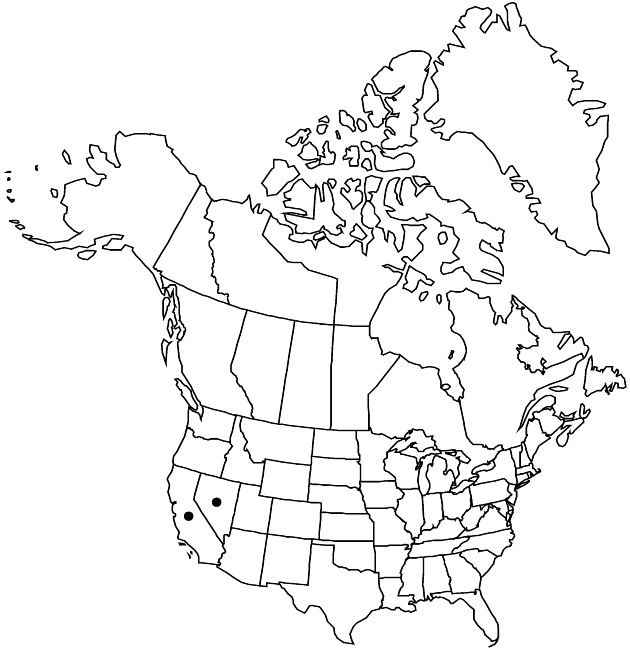Difference between revisions of "Senecio fremontii var. occidentalis"
in W. H. Brewer et al., Bot. California 1: 618. 1876.
Synonyms: Senecio occidentalis (A. Gray) Greene
Treatment appears in FNA Volume 20. Treatment on page 564.
FNA>Volume Importer |
FNA>Volume Importer |
||
| Line 50: | Line 50: | ||
|publication year=1876 | |publication year=1876 | ||
|special status= | |special status= | ||
| − | |source xml=https://jpend@bitbucket.org/aafc-mbb/fna-data-curation.git/src/ | + | |source xml=https://jpend@bitbucket.org/aafc-mbb/fna-data-curation.git/src/f50eec43f223ca0e34566be0b046453a0960e173/coarse_grained_fna_xml/V19-20-21/V20_1260.xml |
|tribe=Asteraceae tribe Senecioneae | |tribe=Asteraceae tribe Senecioneae | ||
|genus=Senecio | |genus=Senecio | ||
Revision as of 21:24, 16 December 2019
Plants mostly 1–2 dm. Stems arching upward. Leaves (smaller and fewer distally) usually smaller than 4 × 2 cm, bases not clasping, margins toothed or subentire. Heads 2–4(–5). Phyllaries (± 8) ± 13, 5–7(–8) mm.
Phenology: Flowering summer.
Habitat: Rocky alpine and subalpine sites
Elevation: 2800–4000 m
Discussion
Plants of var. occidentalis grow in the southern Cascade Mountains and the Sierra Nevada.
Selected References
None.
Lower Taxa
None.
